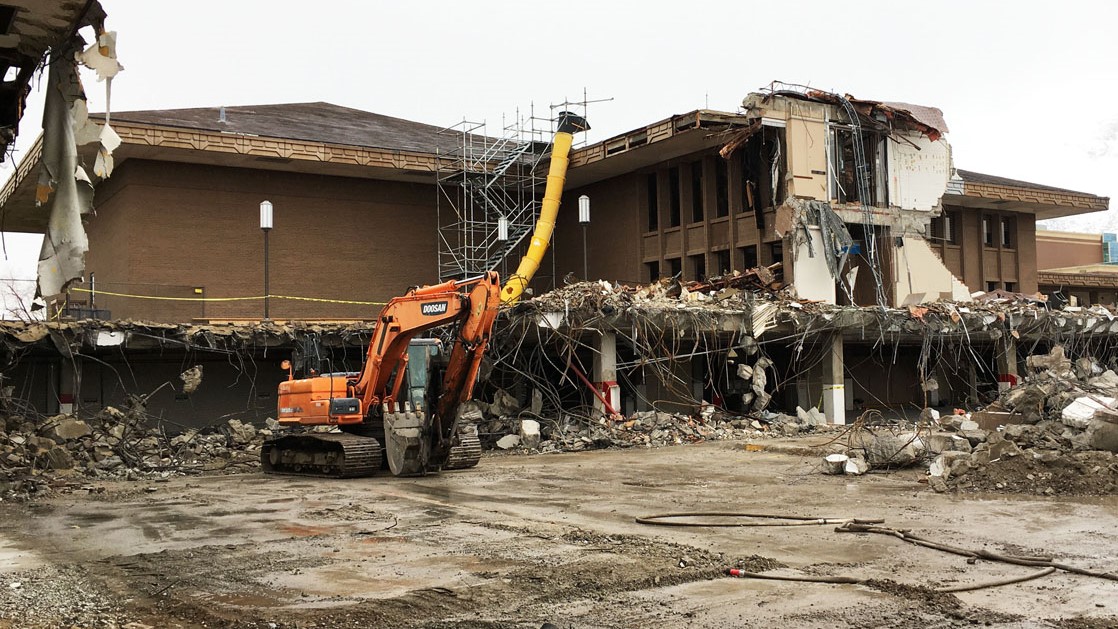
Gone But Not Forgotten: Records Hold the Memory of Provo’s Mid-Century City Center
Long-time Provo residents may have felt a certain sense of loss several months ago as they watched the demolition of the familiar Provo City Center that housed city government for over 50 years. Completed in 1972, the complex was Provo’s first purpose-built city hall since the city government was formed in 1851. As with many city halls, the building was a symbol of city government and of the community as a whole.
In the last couple of years, as city offices prepared to move into a new city hall, the city recorder transferred many of Provo’s historic records to the State Archives. Those records include evidence of the creation of the City Center beginning in the late 1860s.
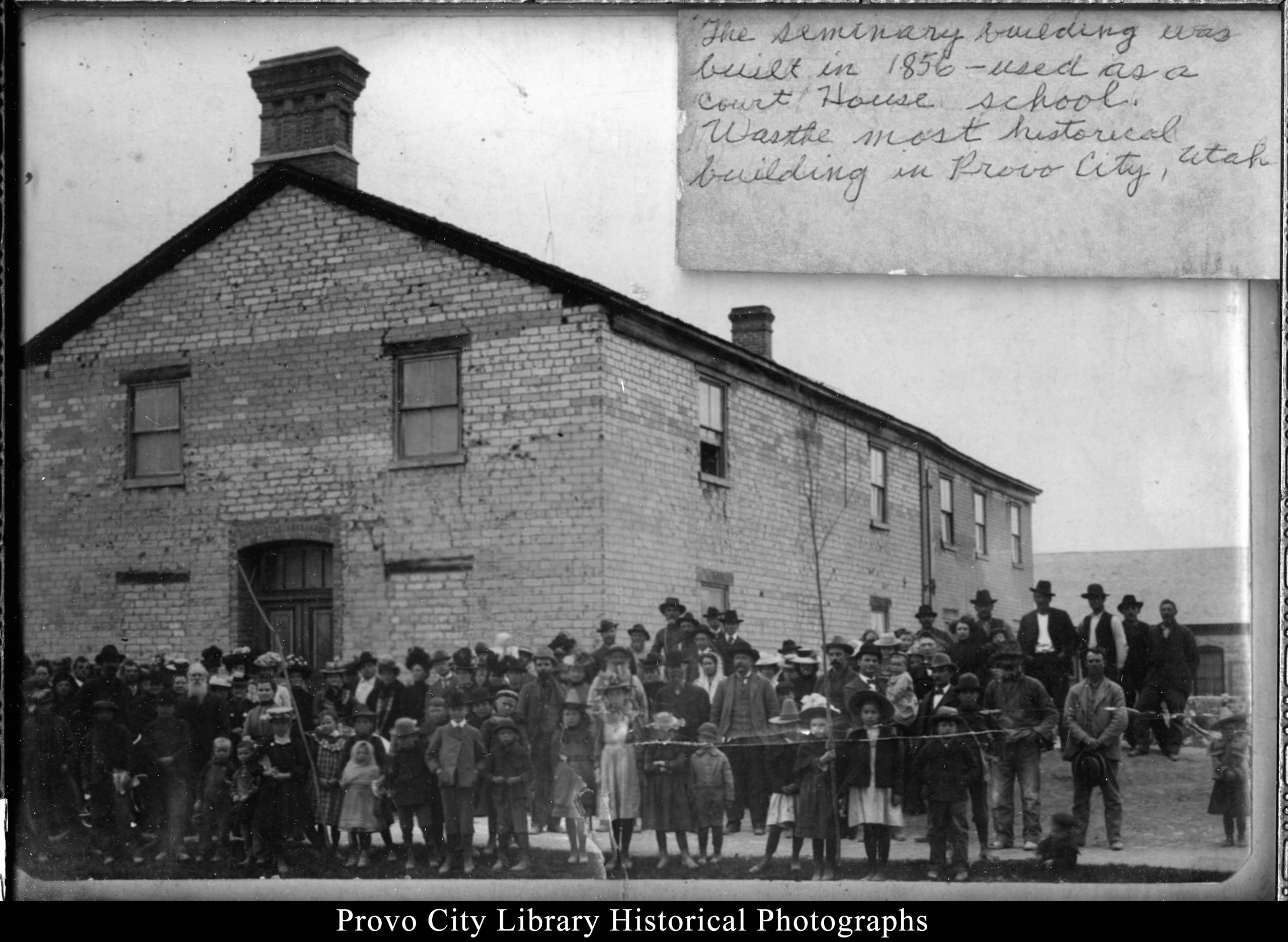
(Provo Library Historical Photographs)
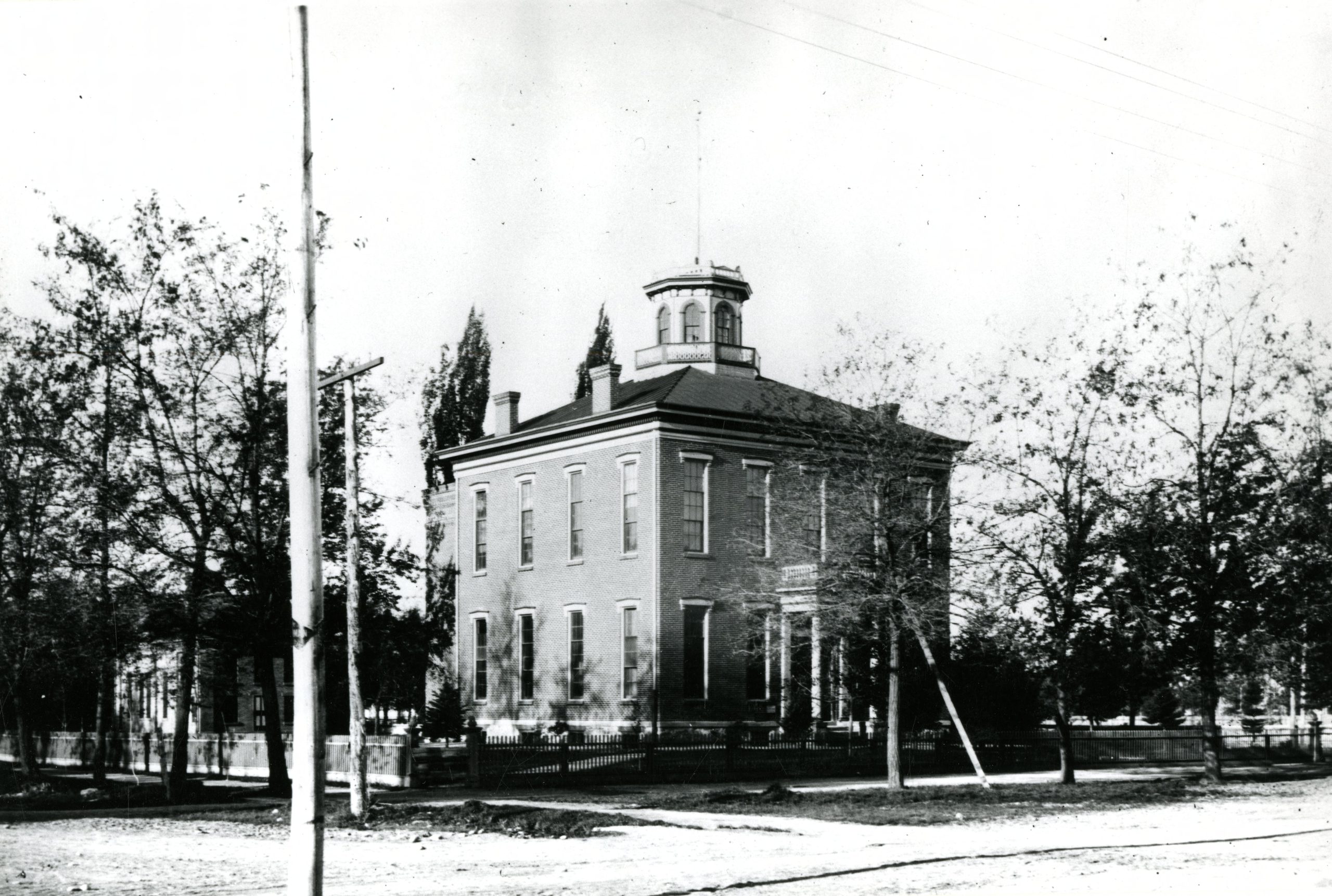
In the 19th century the city used a variety of public buildings for city purposes, eventually settling into shared space in the new Utah County Courthouse in the 1870s. Fifty years later, when the courthouse became too small, the city pitched in on the cost for a new courthouse and continued to share space with the county and the district court. After federal offices moved to a new post office and federal building in 1938, Provo purchased the vacated post office for use as city offices.
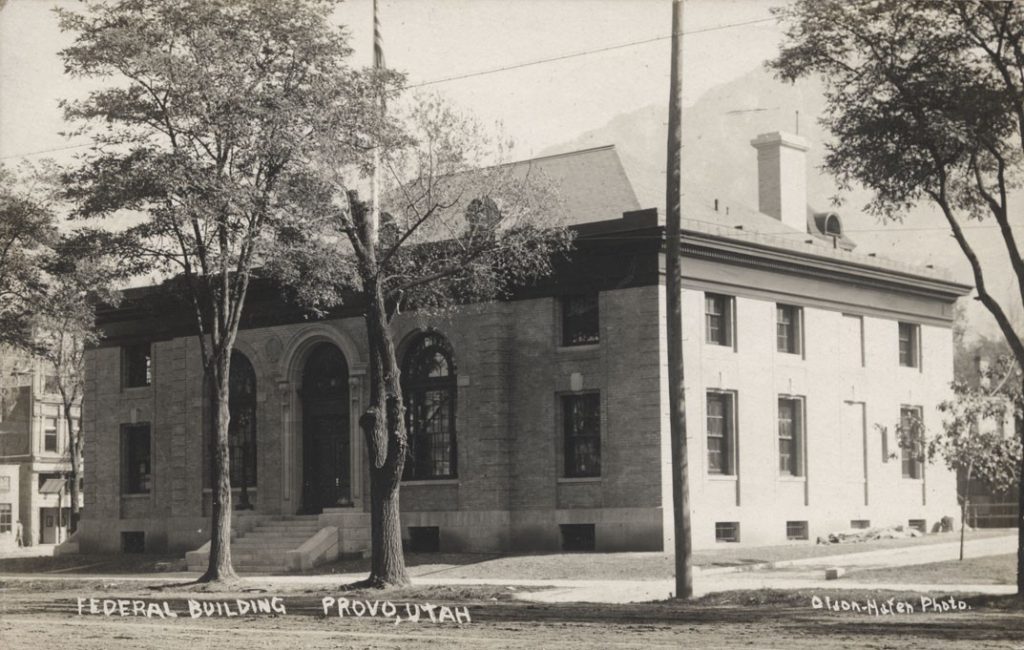
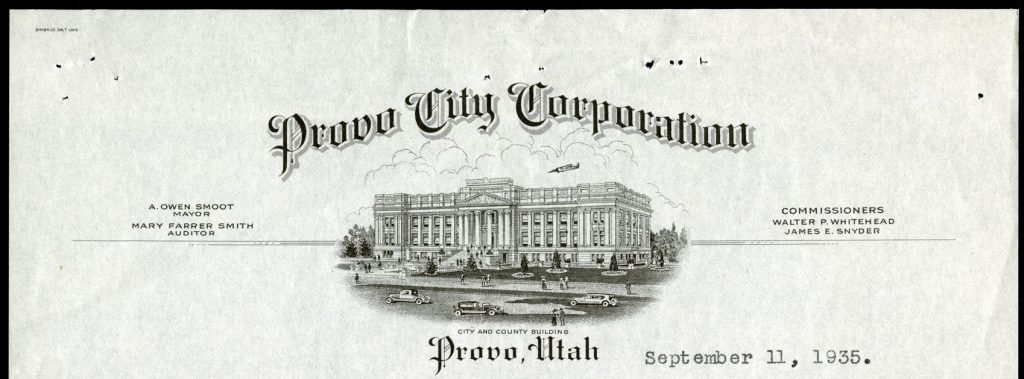
By the 1960s the city government was bursting at the seams in its shared and adapted spaces. The city opted to build its own modern facility to house all city departments, independent of the county. The block on the south side of Center Street between 300 and 400 West, occupied by the former Provo High School campus, was acquired. Two prominent Provo architects, Del Ashworth and Lee Knell, joined forces to design the new facility. Both were experienced designers steeped in the mid-century modern aesthetic of the 1950s and 60s. The early renderings for the City Center complex, drawn in 1968, reflect the modern clean lines and airy openness of the time.
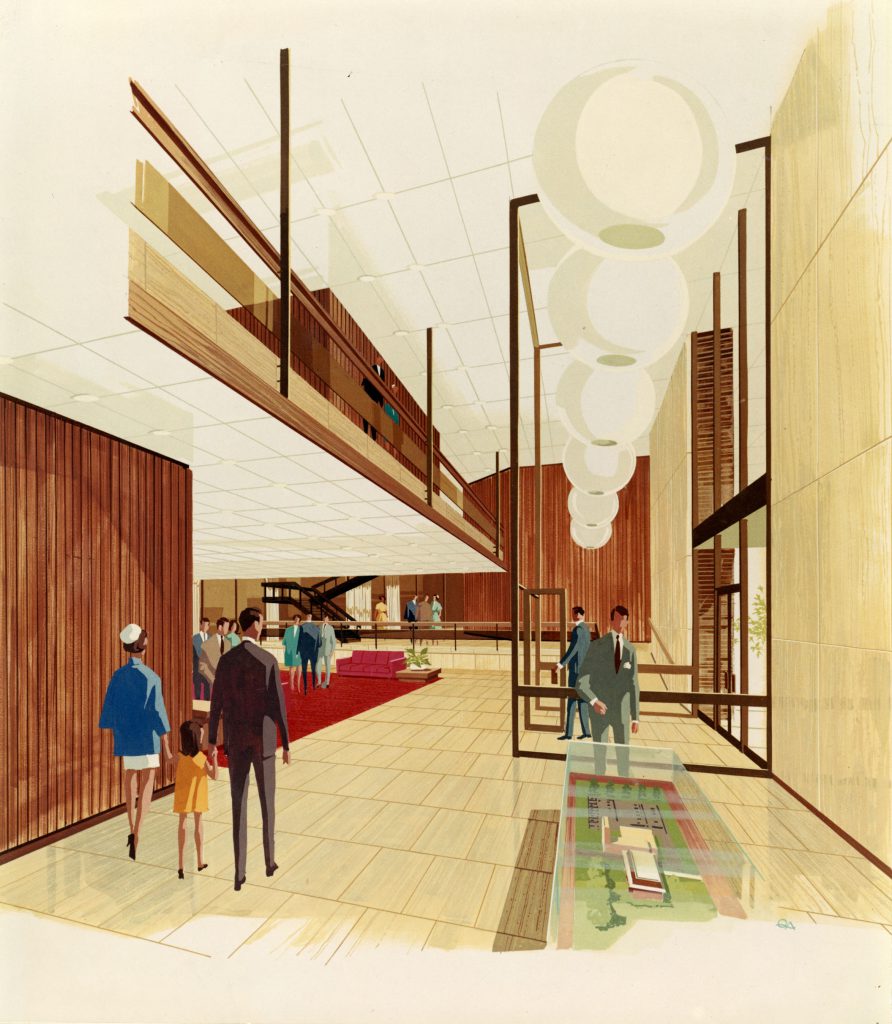
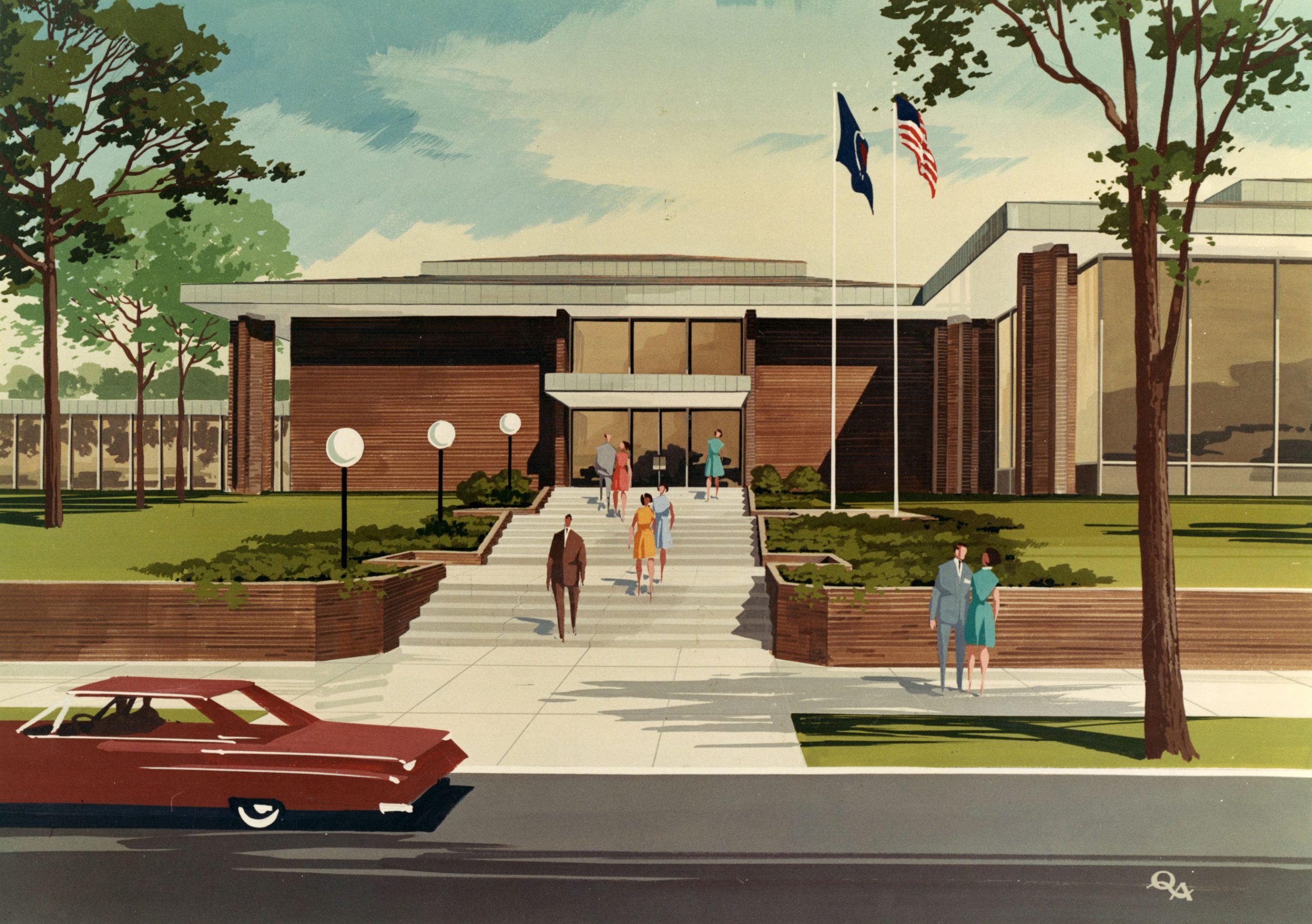
(Utah State Archives, Series 30332)
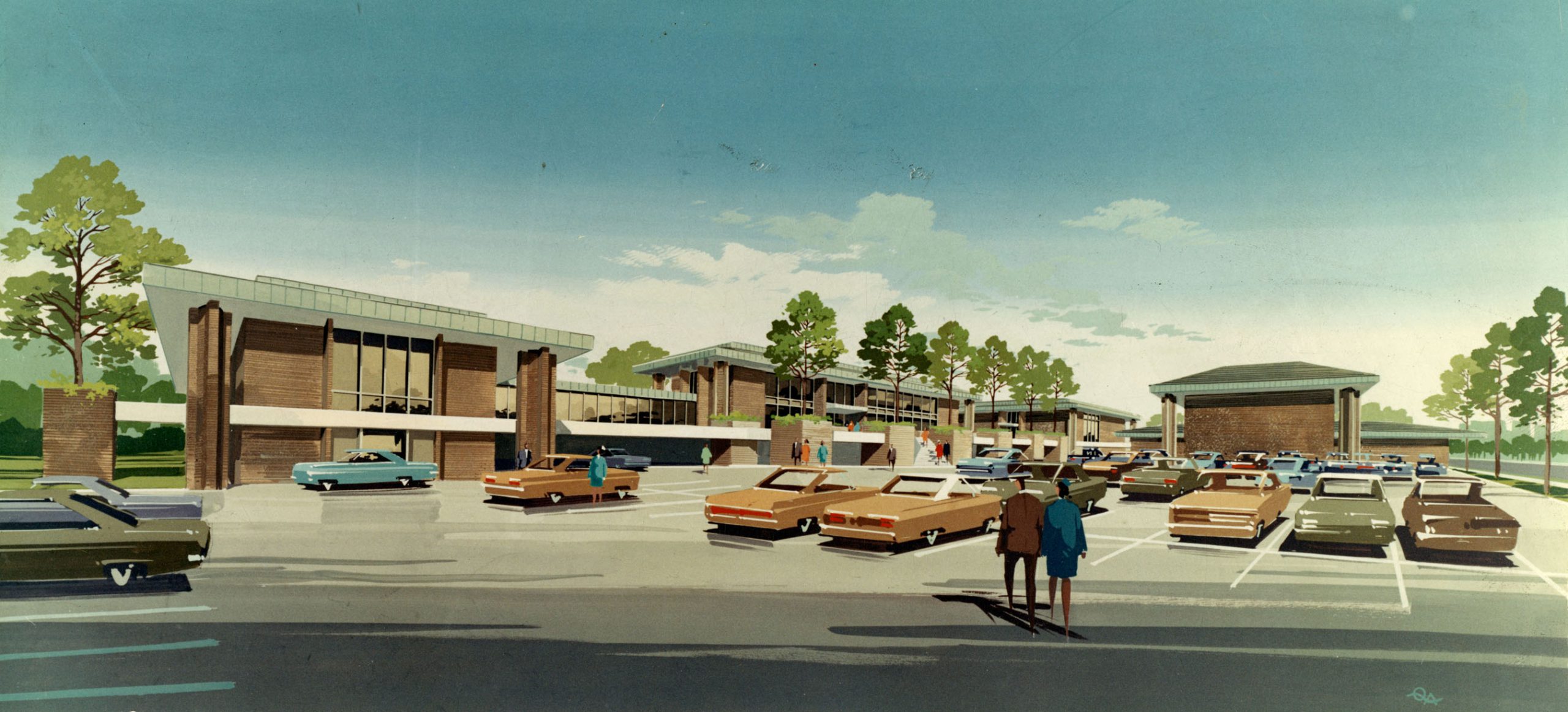
By the time construction began, the design had evolved to a modern look more typical of the early 1970s. The look was heavier and more solemn. Window area was reduced and hipped or pyramidal roofs and wide eaves gave a hovering feeling to the structure. The edges of the roofs were trimmed with geometric panels, reminiscent of the later work of the famous architect, Frank Lloyd Wright. The various sections of the building clustered in modern asymmetry, like a village or a mountain range. Set above the street on a landscaped platform that concealed a parking garage, the complex was modern and asymmetrical, not overly formal. Still, it conveyed a sense of gravitas reflective of its role as the seat of civic governance. When the building was dedicated in May 1972, Provo residents were justifiably proud of their new City Center and it was featured in city publications and in a city album for the year.
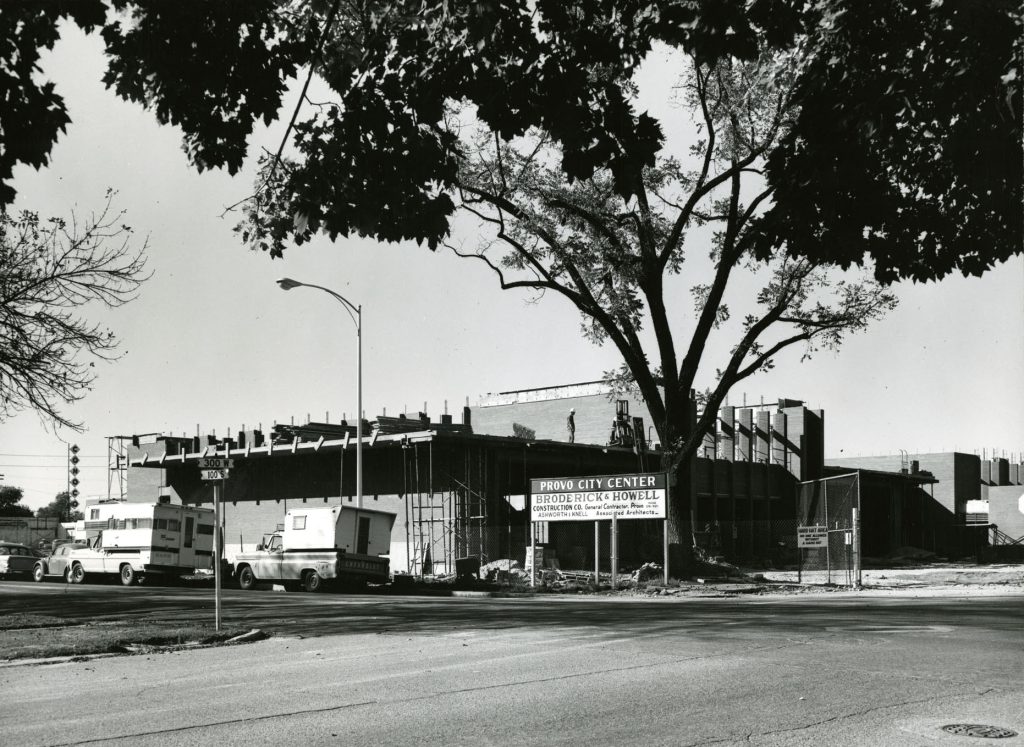
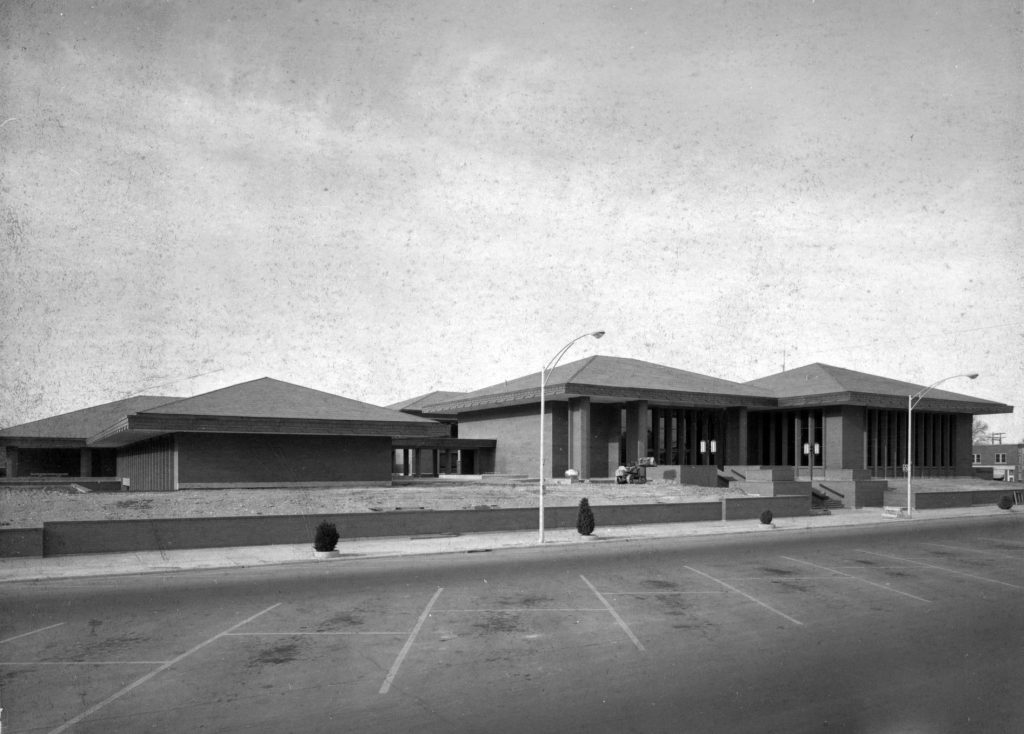
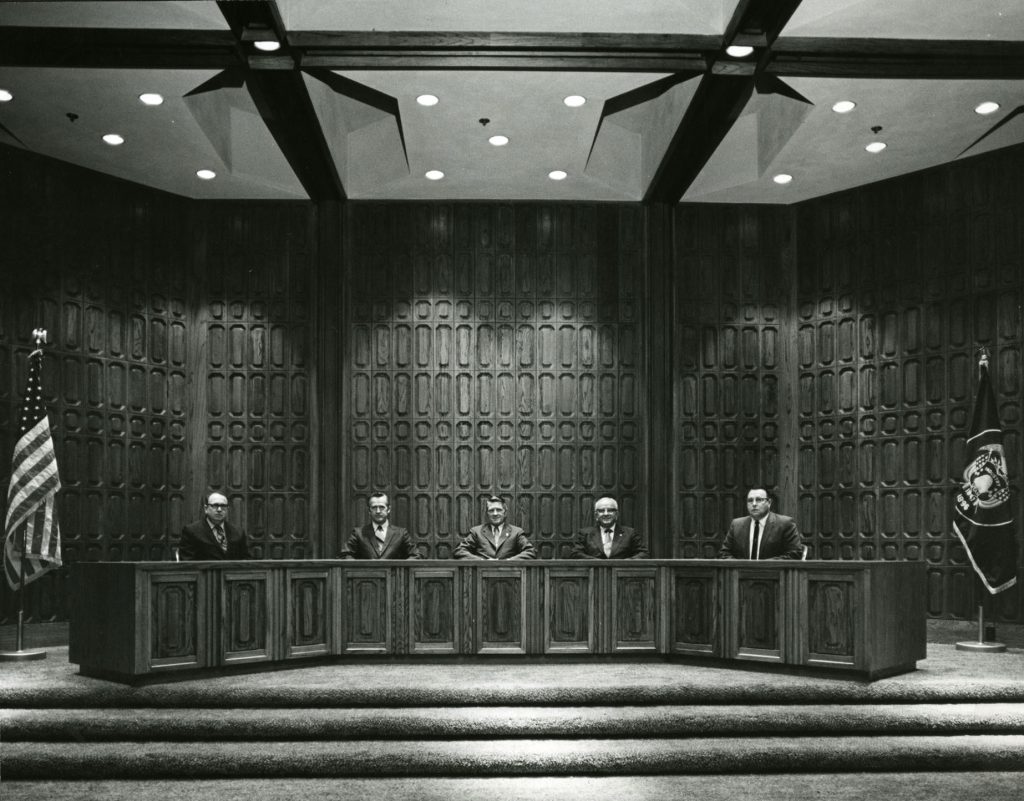
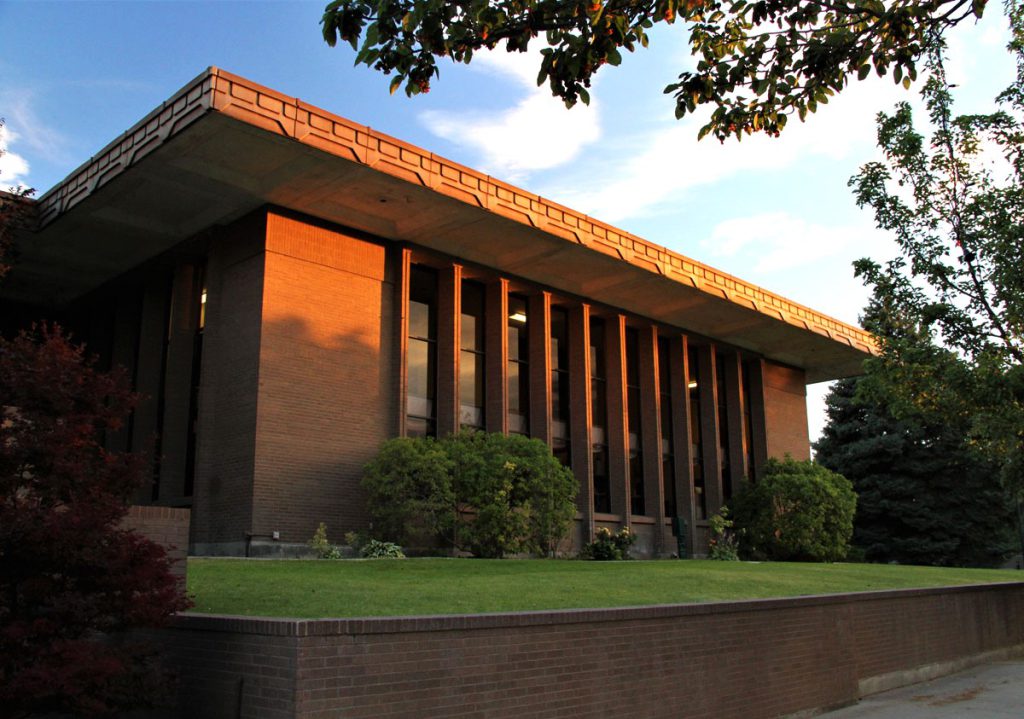
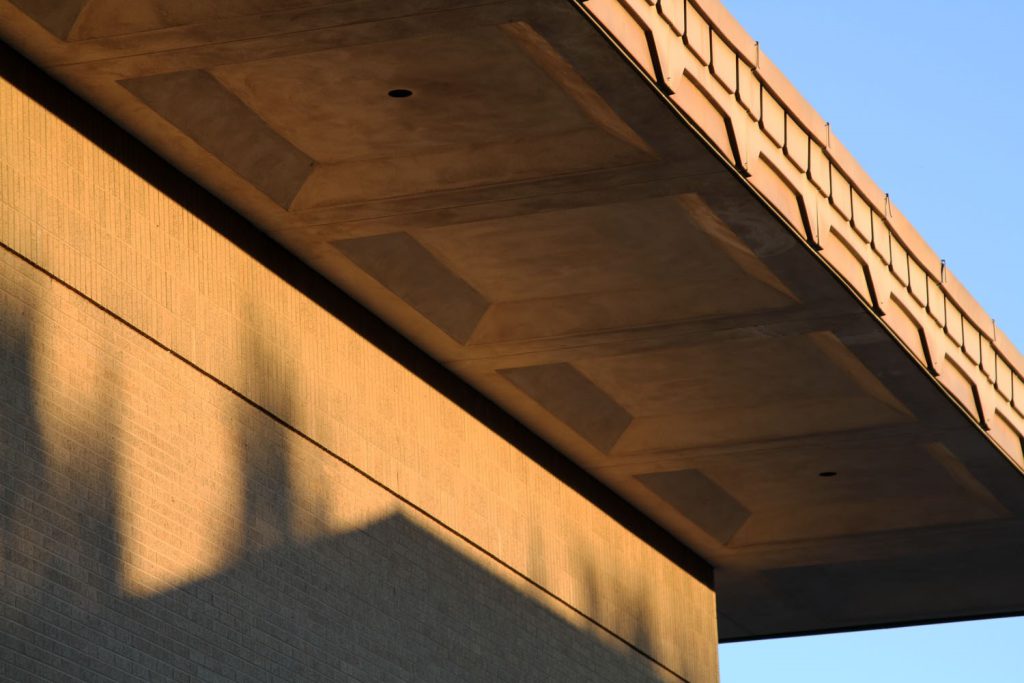
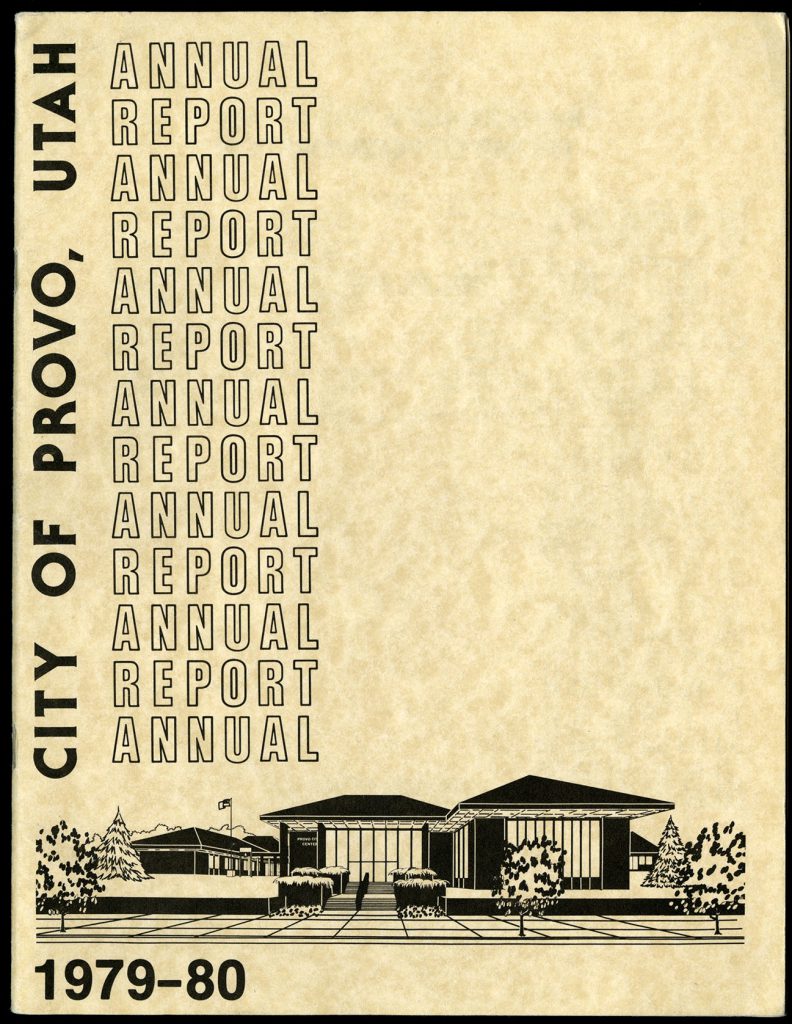
Over the decades Provo’s population grew from about 53,000 in 1970 to about 114,000 today, and city government grew along with it. The increasing need for space led to incompatible remodels and additions to the City Center. City leaders eventually opted to build a new city hall rather than renovate and expand the existing structure. When the move to the new city hall was completed earlier this year, the City Center was slated for demolition. Though the historic City Center has been replaced, records will preserve the memory and tell the story of a building that was the symbol of Provo City government and a community landmark for over 50 years.
Recent Posts
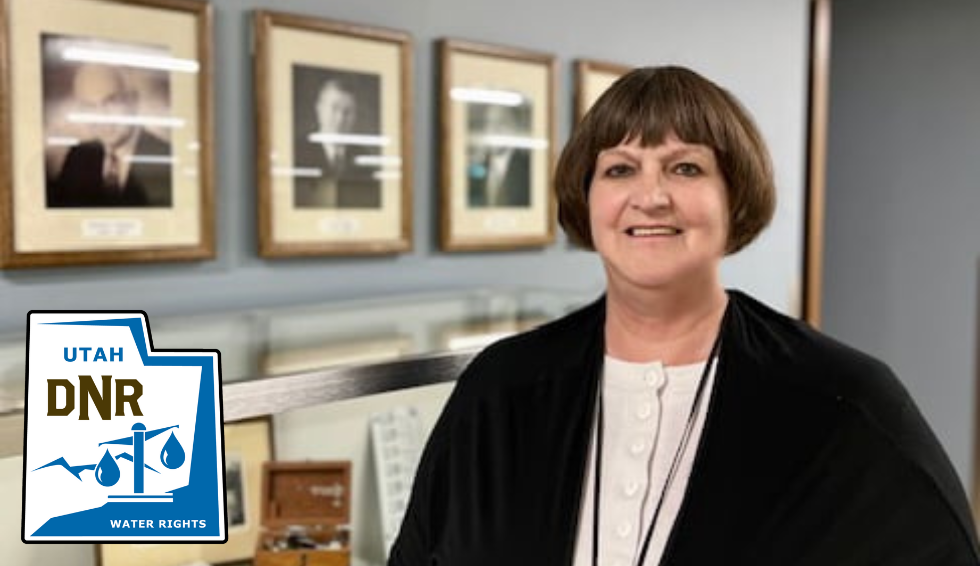
ARO Spotlight: Debbie Berry from the Division of Water Rights

Utah History Day 2024: Archival Research Winners
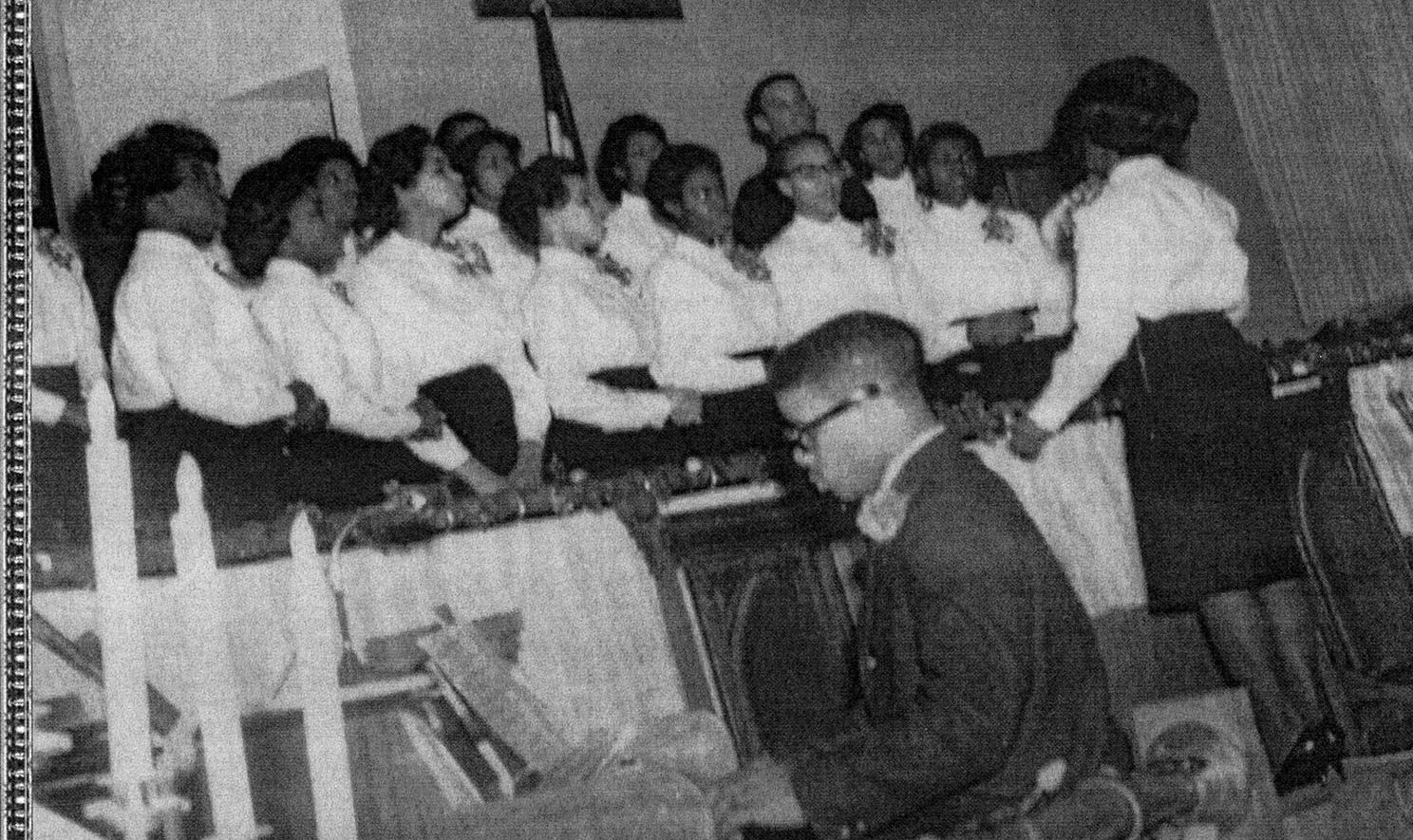
From Pews to Pixels: Weber State’s Stewart Library Digitizes New Zion Baptist Church’s Legacy
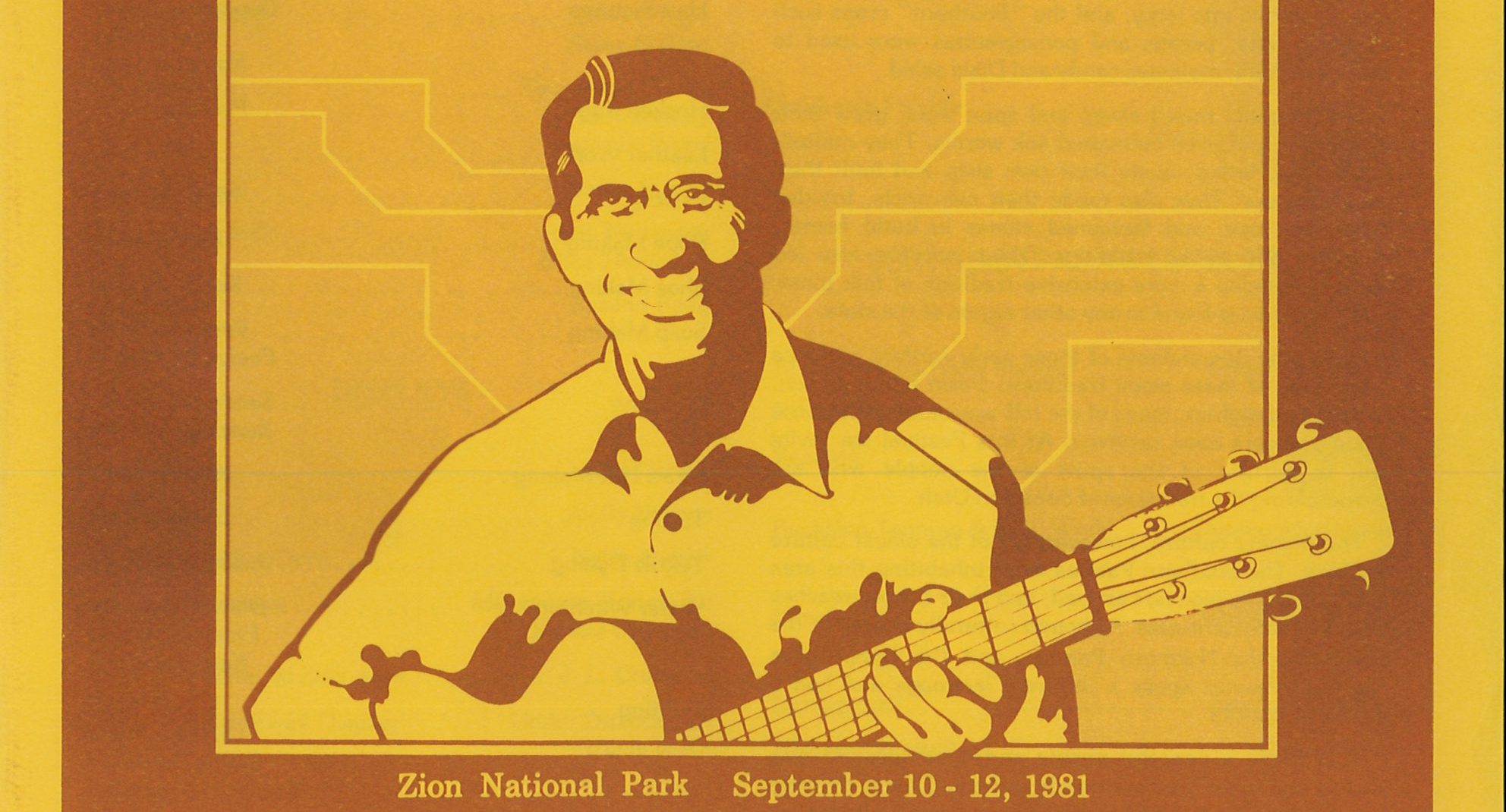
New Finding Aids at the Archives: March 2024
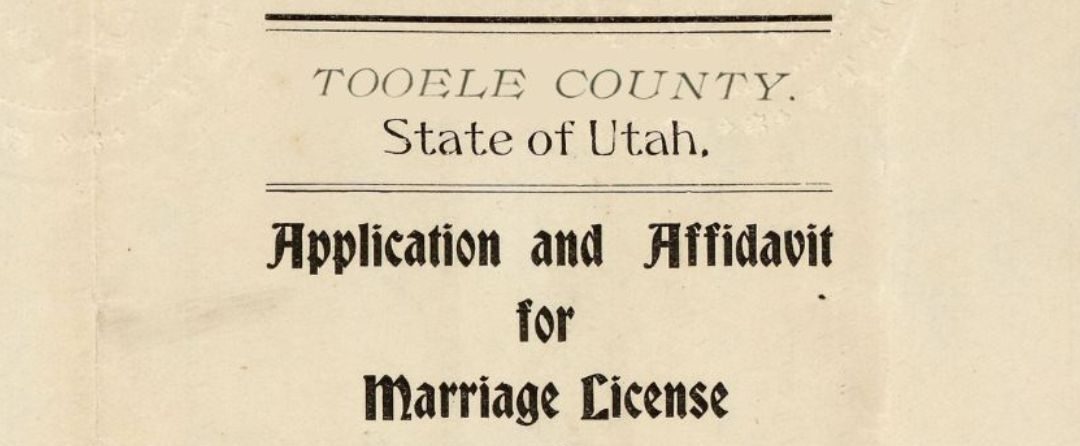
Sealing the Deal: Tooele County Clerk’s Office Unlocks the Vault with Historic Marriage Records
Authors
Categories
- Digital Archives/
- Electronic Records/
- Finding Aids/
- General Retention Schedules/
- GRAMA/
- Guidelines/
- History/
- Legislative Updates/
- News and Events/
- Open Government/
- Records Access/
- Records Management/
- Records Officer Spotlights/
- Research/
- Research Guides/
- State Records Committee/
- Training/
- Uncategorized/
- Utah State Historical Records Advisory Board/